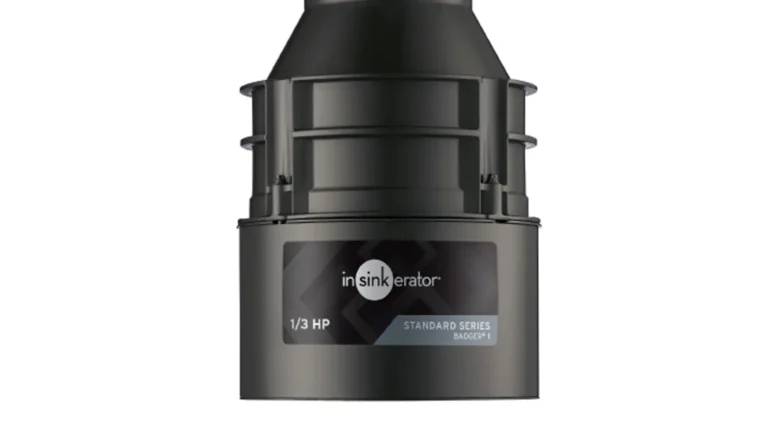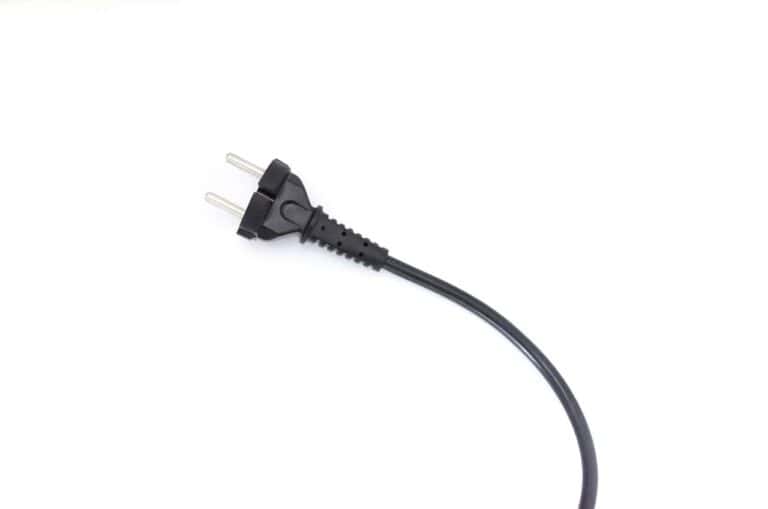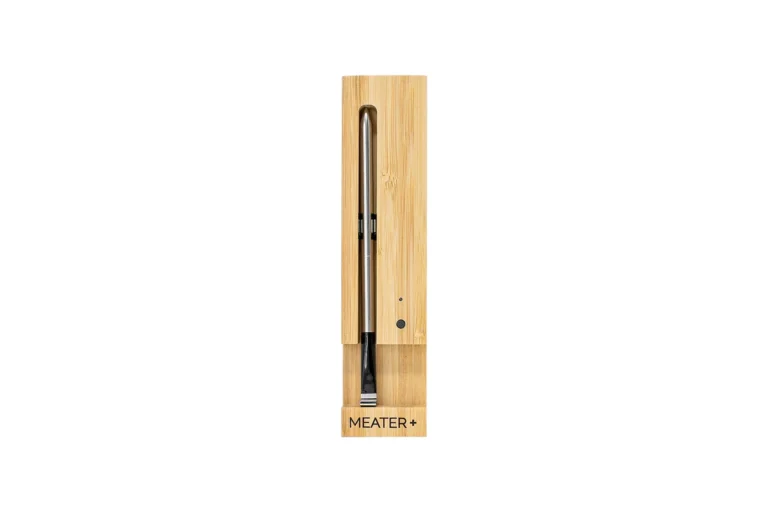
Front load washers are efficient and popular, but they can develop mold and mildew issues in the rubber gasket. This rubber seal around the door traps moisture and debris, creating an ideal environment for mold growth. A simple cleaning routine using common household items can effectively remove mold and prevent its return.
Cleaning the rubber gasket is straightforward. A mixture of white vinegar and water in a spray bottle works well. Spray the solution on the gasket and wipe it down with a microfiber cloth. For stubborn stains, a paste of baking soda and water can be applied before scrubbing gently with a soft brush. Regular cleaning prevents mold buildup and extends the life of your washing machine.
Prevention is key to maintaining a clean rubber seal. Leave the washer door open after each use to allow air circulation. Remove wet clothes promptly and wipe down the gasket after the final load. These simple habits reduce moisture and discourage mold growth.
Banishing Mold and Mildew: How to Clean the Rubber Gasket on a Front Load Washer
Front-load washing machines are known for their efficiency, but they can also be prone to mold and mildew growth, especially in the rubber gasket around the door. This guide provides simple and effective cleaning methods to keep your washer fresh and hygienic.
Why Clean the Gasket?
The rubber gasket, also known as the door seal or bellow, creates a watertight seal to prevent leaks during washing cycles. However, its folds and crevices can trap moisture, creating an ideal environment for mold and mildew to thrive. Regular cleaning helps prevent unpleasant odors, extends the gasket’s lifespan, and maintains a healthy laundry environment.
Cleaning Supplies
Gather the following supplies:
- Cleaning cloths: Microfiber cloths work well for cleaning and drying.
- Cleaning solution: You can use a commercial washing machine cleaner or a homemade solution of equal parts white vinegar and water.
- Optional: Baking soda, bleach (for stubborn mold), old toothbrush
Cleaning Steps
- Inspect the gasket: Carefully examine the folds and crevices of the gasket for any signs of mold or mildew.
- Wipe down the gasket: Use a damp cloth to wipe down the entire gasket, removing any visible dirt or debris.
- Apply cleaning solution: Spray the cleaning solution onto the gasket, ensuring it reaches all the folds and crevices. If using a commercial cleaner, follow the product instructions.
- Scrub (if needed): For stubborn mold or mildew, use an old toothbrush or a cloth to scrub the affected areas. You can also make a paste of baking soda and water for extra scrubbing power.
- Wipe clean: Use a clean, damp cloth to wipe away the cleaning solution and any loosened mold or mildew.
- Dry the gasket: Dry the gasket thoroughly with a clean cloth to prevent moisture buildup.
- Leave the door slightly ajar: After cleaning, leave the washer door slightly open to allow air circulation and prevent mold growth.
Tips for Preventing Mold Growth
- Dry the gasket after each use: Wipe down the gasket with a dry cloth after every wash cycle.
- Leave the door ajar: Keep the washer door slightly open when not in use to allow for ventilation.
- Clean the gasket regularly: Aim to clean the gasket thoroughly at least once a month, or more often if you notice mold or mildew.
- Use the right detergent: Use the correct type and amount of detergent for your washer to prevent buildup.
- Run a cleaning cycle: Periodically run a cleaning cycle with a washing machine cleaner or bleach to sanitize the washer.
Cleaning Frequency
| Cleaning Type | Frequency |
|---|---|
| Quick wipe down | After each use |
| Thorough cleaning | Monthly |
| Cleaning cycle | Every 3-6 months |
Maintaining Your Front Load Washer
Regular cleaning of the rubber gasket is just one aspect of maintaining your front load washer. Here are some additional tips:
- Clean the detergent drawer: Remove and clean the detergent drawer regularly to prevent buildup.
- Inspect the drain pump filter: Check and clean the drain pump filter periodically to remove debris that can cause clogs.
- Wipe down the drum: Wipe down the inside of the washer drum with a damp cloth to remove any residue.
- Calibrate the washer: Consult your washer’s manual for instructions on how to calibrate the machine to ensure optimal performance.
- Level the washer: Make sure the washer is level to prevent excessive vibrations and noise.
Key Takeaways
- Clean the rubber gasket regularly with a vinegar solution to prevent mold
- Use a baking soda paste for tough stains and gentle scrubbing
- Leave the washer door open after use to promote drying and prevent mold growth
Understanding Mold and Mildew in Front Load Washers
Mold and mildew thrive in the damp environment of front load washers. These fungal growths pose health risks and can damage the machine’s gasket and components.
Causes of Mold Growth
Front load washers create ideal conditions for mold growth. High humidity and stagnant water in the rubber gasket provide a breeding ground for fungi.
Detergent residue and fabric softeners contribute to this problem. They leave behind a film that feeds mold spores.
Poor ventilation exacerbates the issue. Closed washer doors trap moisture inside, promoting mold proliferation.
Infrequent cleaning allows mold to establish itself. Regular maintenance is crucial to prevent its spread.
Water temperature also plays a role. Cold water washes may not effectively remove all bacteria and mold spores.
Health Implications of Mold and Mildew
Exposure to mold and mildew can trigger various health issues. Respiratory problems are common, especially in people with allergies or asthma.
Symptoms may include:
- Coughing
- Wheezing
- Nasal congestion
- Throat irritation
Some individuals experience skin irritation upon contact with contaminated laundry. This can lead to rashes or itching.
Black mold is particularly concerning. It produces mycotoxins that can cause more severe reactions in some people.
Long-term exposure may lead to chronic health problems. These can include persistent sinus infections or worsening of existing respiratory conditions.
Children and elderly individuals are often more susceptible to mold-related health issues. Their immune systems may be less equipped to handle exposure.
Steps for Cleaning the Rubber Gasket
Cleaning the rubber gasket on a front load washer is crucial for preventing mold, mildew, and unpleasant odors. This process involves preparation, deep cleaning, and proper drying to ensure the best results.
Preparing to Clean
Gather the necessary supplies before starting. You’ll need:
- White vinegar or bleach solution
- All-purpose cleaner
- Soft cloths or sponges
- Old toothbrush
- Rubber gloves
Open the washer door and locate the rubber gasket. Remove any visible debris or foreign objects from the seal. Put on rubber gloves to protect your hands from cleaning agents.
Deep Cleaning the Gasket
Mix a cleaning solution of 1/4 cup bleach with 1 quart of warm water. Alternatively, use white vinegar for a natural option. Dip a cloth into the solution and wring out excess liquid.
Wipe the entire surface of the gasket, paying extra attention to folds and crevices. Use an old toothbrush to scrub stubborn stains or mold spots. For tough buildup, apply an all-purpose cleaner and let it sit for 5-10 minutes.
Gently pull back the gasket to clean behind it. This area often collects soap scum and grime. Be thorough but gentle to avoid damaging the seal.
Rinsing and Drying
After deep cleaning, rinse the gasket thoroughly with clean water. Use a damp cloth to remove all traces of cleaning solution. This step prevents residue from affecting future wash loads.
Dry the gasket completely with a clean, soft cloth. Pay special attention to folds and creases where water can collect. Leave the washer door open for several hours to allow air circulation and complete drying.
Run an empty cycle with hot water and a cup of white vinegar to sanitize the washer interior. This helps eliminate any lingering odors and ensures a fresh-smelling machine.
Preventative Measures for Maintenance
Regular upkeep and proper usage habits can significantly extend the life of your front load washer’s rubber gasket. These practices help prevent mold growth and unpleasant odors.
Routine Cleaning
Wipe down the rubber seal after each wash cycle with a dry cloth. This removes excess moisture that can lead to mold growth. Once a week, clean the gasket thoroughly with a mixture of warm water and white vinegar. Apply this solution using a soft cloth, paying extra attention to folds and crevices where grime can accumulate.
Use a washing machine cleaner monthly to remove detergent residue and mineral buildup. Run an empty cycle with the cleaner to sanitize the drum and gasket. Some washers have a built-in clean washer cycle – use this feature if available.
For stubborn stains or mildew, create a paste with baking soda and water. Apply it to affected areas, let it sit for 10-15 minutes, then scrub gently with a soft brush before rinsing.
Proper Washer Use and Care
Use HE (High-Efficiency) detergent specifically designed for front load washers. Regular detergents can create excess suds, leading to residue buildup on the gasket. Measure detergent carefully – using too much can leave behind soap scum.
Remove wet laundry promptly after the cycle ends. Leaving damp clothes in the washer creates a breeding ground for bacteria and mold. If you can’t unload immediately, use the machine’s delayed start feature to time the cycle’s end with when you’ll be available.
Leave the washer door open between uses to allow air circulation. This helps dry out the drum and gasket, preventing mold growth. If pets or children make this unsafe, prop the door slightly ajar instead.
Improving Ventilation and Humidity
Install a dehumidifier in your laundry room to reduce moisture levels. Aim for humidity below 50% to discourage mold growth. Ensure proper ventilation by using exhaust fans or opening windows during and after wash cycles.
Consider placing moisture-absorbing products near your washer. Activated charcoal bags or silica gel packets can help reduce ambient humidity. Replace these regularly for best results.
If your washer has a dry drum cycle, use it periodically to remove excess moisture. This feature heats and circulates air through the drum, drying out hard-to-reach areas.
Recommended Cleaning Products and Tools
Effective cleaning of front load washer rubber gaskets requires specific products and tools. The right combination ensures thorough removal of dirt, mold, and odors while protecting the rubber material.
Choosing the Right Cleaners
White vinegar stands out as a top choice for cleaning rubber gaskets. It’s natural, affordable, and effective at removing mold and mildew. A mixture of equal parts water and vinegar works well for regular cleaning.
For tougher stains, a diluted bleach solution can be used. Mix 1/4 cup of bleach with 1 quart of water. Caution is needed when using bleach, as it can damage rubber if used too often or in high concentrations.
Commercial washing machine cleaners are also available. These products are designed specifically for front load washers and are safe for rubber gaskets.
Essential Cleaning Implements
A microfiber cloth is ideal for wiping down the rubber gasket. Its soft texture won’t scratch the surface while effectively trapping dirt and moisture.
Soft-bristled brushes help scrub away stubborn grime without damaging the rubber. An old toothbrush can work well for reaching tight spots.
Rubber gloves protect hands from harsh cleaning solutions and potential bacteria. They also provide a better grip when cleaning.
A spray bottle is useful for applying cleaning solutions evenly. It allows for controlled application, especially in hard-to-reach areas of the gasket.
Paper towels or lint-free cloths are handy for drying the gasket after cleaning. They help prevent water spots and ensure all cleaning solution is removed.
Frequently Asked Questions
Cleaning the rubber gasket on a front load washer requires specific techniques and products. These methods address common issues like black gunk, mold, and mildew buildup.
How can black gunk be removed from a washing machine seal?
To remove black gunk from a washing machine seal, mix equal parts water and white vinegar in a spray bottle. Spray the solution on the affected areas. Let it sit for 15 minutes. Wipe the seal with a microfiber cloth. For stubborn gunk, use an old toothbrush to scrub gently.
What methods are effective for removing mold from the rubber seal on a washing machine?
Baking soda and water make an effective paste for removing mold. Apply the paste to the moldy areas. Let it sit for an hour. Scrub with a soft brush. Rinse with clean water. For tougher mold, use a diluted bleach solution. Mix 1 cup of bleach with 1 gallon of water. Apply with a cloth. Rinse thoroughly.
Is it possible to detach the rubber seal of a washing machine for thorough cleaning?
Most washing machine seals are not designed to be detached by users. Attempting to remove the seal may damage it or void the warranty. Instead, clean the seal while it’s attached. Use a cloth or sponge to reach all areas. For hard-to-reach spots, use a cotton swab or soft brush.
What are the best cleaning agents for treating mold and mildew on front load washer gaskets?
White vinegar, baking soda, and hydrogen peroxide are effective natural cleaning agents. For tougher cases, commercial mold and mildew removers work well. Always check the washer manual before using any cleaning product. Some harsh chemicals may damage the rubber seal.
How should one clean a washer gasket using white vinegar?
Fill a spray bottle with undiluted white vinegar. Spray the gasket thoroughly. Let it sit for 10-15 minutes. Wipe with a damp cloth. For persistent stains, scrub gently with a soft brush. Rinse the gasket with clean water. Dry with a clean towel to prevent new mold growth.
What are proven techniques to eliminate black mold from washing machine seals?
Mix 1/4 cup of bleach with 1 quart of water. Apply the solution to the moldy areas with a cloth. Let it sit for 20 minutes. Scrub with a soft brush. Rinse thoroughly. For a natural alternative, use tea tree oil. Mix 1 teaspoon of tea tree oil with 1 cup of water. Apply and scrub as with the bleach solution.






